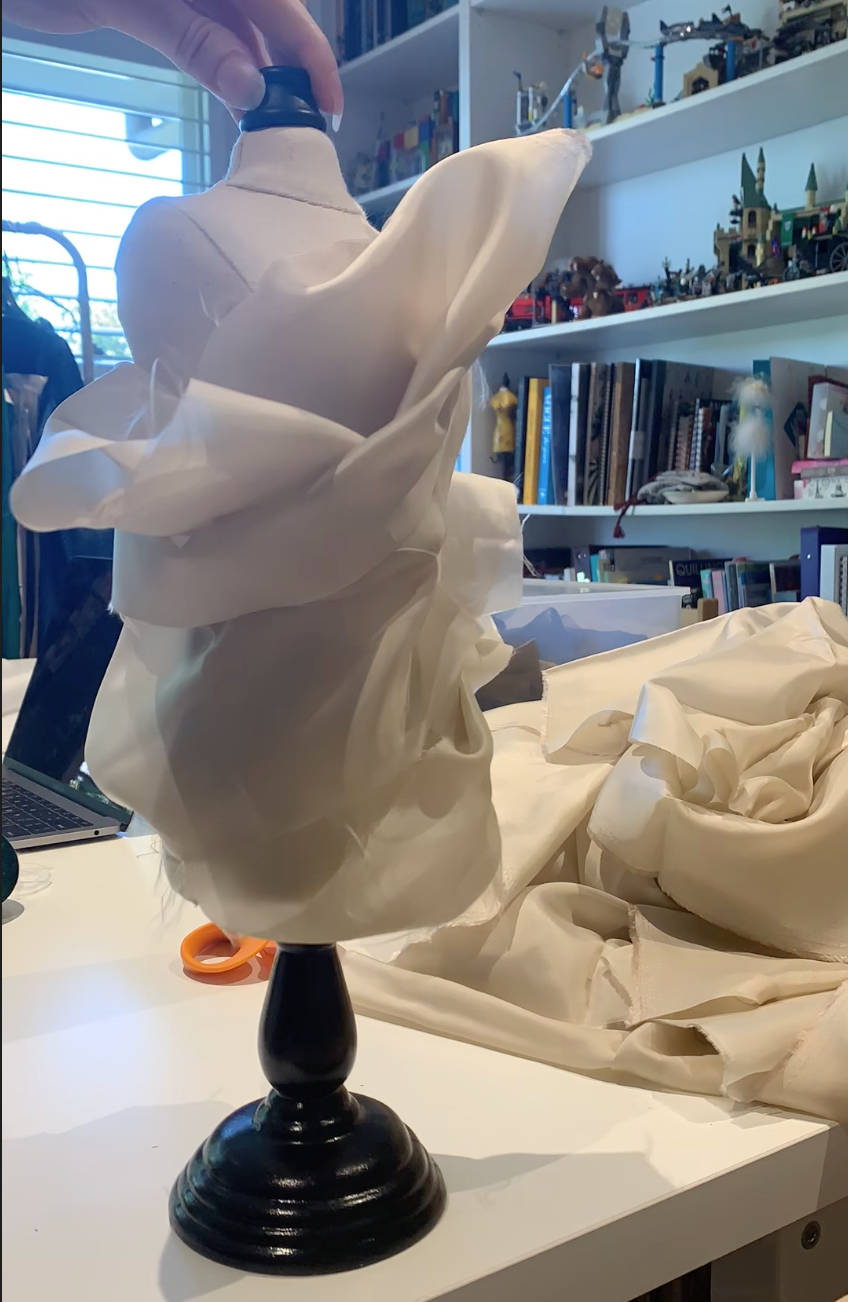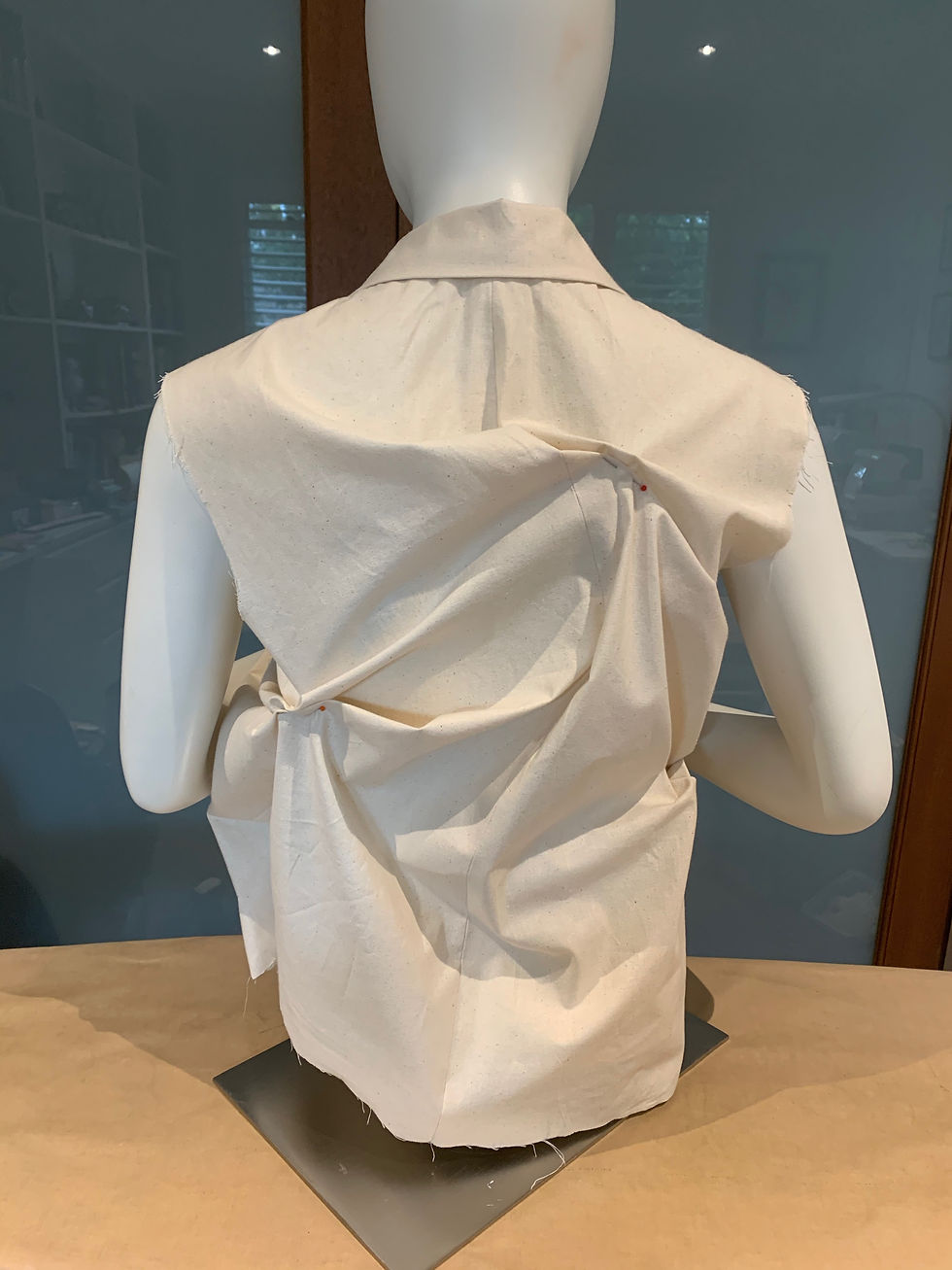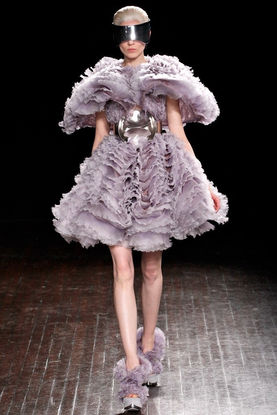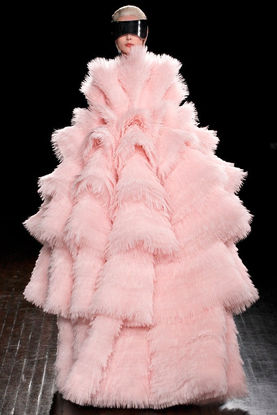Bespoke 2020: Adaptive High Fashion
Fashion Activism: Community and Politics
The Forgotten Market of Adaptive Clothing
Definition of the Thematic:
When designers address the problems within society, they are participating in fashion activism. However, this acknowledgement of problems in society does not always have to be overt. When many designers participate in fashion activism, they commonly focus on the negative impacts of the problems in society, to bring them to the attention of the public, rather than offering a potentially positive solution.
Disabled people are the largest minority in the world with the global adaptive clothing market estimated to be $278.9 billion USD in 2017 and to grow to $400 billion by 2026, according to Coherent Market Insights [1]. It is currently the largest untapped market in the world. It is also the most under represented as only in the last 10 years have disabled models been shown on runways, with it still being an uncommon sight today.
Currently there are very few adaptive clothing brands or ranges, and most are not ‘fashionable’ as they only focus on the functional aspect. The disabled community are looking for clothes that they see in retail stores everyday but that are designed for their bodies and abilities.
Tommy Hilfiger participated in fashion activism with the launch of their adaptive clothing line in 2018. It offers a positive solution for people with disabilities who find it hard to obtain clothing that suits their individual bodies and abilities. The key elements in this collection are the faux button and zip closures utilising magnets and Velcro to make it easier for disabled people to dress themselves and be independent. They also made openings bigger in the neck/shoulders through the use of Velcro so that t-shirts were easier to put on, the bottom of pants and jeans had splits with magnetic closures to make them easier to put on.
Fashion Activism does not need to be raising awareness about an issue, it can be fixing the issue.
Reference List
1. Vogue Business 2019, The $400 billion adaptive clothing opportunity, viewed 4 April 2020, <https://www.voguebusiness.com/consumers/adaptive-clothing-differently-abled-asos-target-tommy-hilfiger>.
Design Methodology:
When researching about adaptive clothing I found many articles written by people with disabilities explaining how hard it is to find clothing that is comfortable, fits well, is fashionable and is easy to put on. They found it particularly difficult to find formal wear. So I am going to design high fashion garments that can be worn by people with a disability and without one. To do this I will create modular garments that can be worn in many ways.
To achieve this, I am going to use a half mannequin combined with a wheelchair and drape onto it. I am then going to take it off the mannequin and drape it on myself and/or a regular mannequin, to create a functional and fashionable garment that can be worn by anyone.
When thinking about designing for people in wheelchairs, I thought about how they are viewed by people who are not in wheelchairs. Through the experience of my mum using a wheelchair I understand that when you interact with someone in a wheelchair while you are standing, you are always looking down on them. Due to this I have decided to focus my design from the birds eye view perspective, focusing on the bodice, shoulders and neck of a garment. Through discussions with my mum I also realised that people in wheelchairs like to have the focus on their face not their body, as they want to be seen for themselves not the chair. So, focusing my design around the neck and shoulders will help me achieve this. Two collections that also help inspire this focus are the Fall 2012 Alexander McQueen Ready to Wear Collection and the Spring 2019 Jean Paul Gautier Couture Collection.
The fur used in the Alexander McQueen Collection immediately draws your eyes to the shoulders and neck through its luxurious texture. The monochrome garments also show off the interesting silhouettes well.
The various shoulders in the Jean Paul Gautier Collection draw attention to the bodice/face. The variation on the sharp pointed shoulder through the use of different materials and techniques is very interesting.
I will use a combination of fabrications inspired by these collections, including, furs, satins and velvets, to create varying textures in the garments. They will mostly come out of my own collection of fabrics, due to this they may be a mixture of colours including purple, gold, white and green.
Fall 2012 Alexander McQueen Ready to Wear Collection

Vogue 2012, Alexander McQueen – Fall 2012 Ready-To-Wear Show, viewed 4 April 2020,
<https://www.vogue.com/fashion-shows/fall-2012-ready-to-wear/alexander-mcqueen#collection>.
Spring 2019 Jean Paul Gautier Couture Collection

Vogue 2019, Jean Paul Gaultier – Spring 2019 Couture Fashion Show, viewed 4 April 2020,
<https://www.vogue.com/fashion-shows/spring-2019-couture/jean-paul-gaultier#collection>.
Shape Exploration






Experiments
Draping on a small mannequin to experiment with drape of different fabrics.
Draping with Polyester Lining




Draping with Polyester Suede
Draping with Denim
Draping with Lamé
Draping with Silk Dupion




Draping with Denim
Draping with Bamboo Satin
Draping with Gold Net
Draping with Sequin Fabric
Draping Over the Jacket Toile




Draping in the Wheelchair




Manipulating the Jacket Toile




Draping with Hats




Draping with Stitched Shapes

























